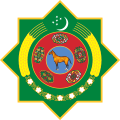The US FDA’s proposed rule on laboratory-developed tests: Impacts on clinical laboratory testing
This armorial of sovereign states shows the coat of arms, national emblem, or seal for every sovereign state. Although some countries do not have an official national emblem, unofficial emblems which are de facto used as national emblems are also shown below.
Note that due to copyright restrictions in some countries (including Canada, South Africa, and Qatar), some emblems may not be displayed, or may be displayed with slight alterations in appearance from their official rendition, but nonetheless remain faithful to their heraldic description.
A
B
C
D
-
Greater royal coat of arms of Denmark
E
F
G
H
I
J
-
Imperial seal of Japan (32-fold chrysanthemum)
K
L
M
N
O
P
-
Coat of arms of Paraguay (Obverse)
-
Coat of arms of Paraguay (Reverse)
-
Coat of arms of Peru (Escudo Nacional)
Q
R
S
-
Lesser coat of arms of Sweden
T
U
-
Coat of arms of the United Kingdom (outside Scotland)
-
Coat of arms of the United Kingdom, for use in Scotland
-
Great Seal of the United States (obverse)
-
Great Seal of the United States (reverse)
V
Y
Z
Other states
-
Emblem of the Republic of China (Taiwan)
See also
- Armorial of dependent territories
- Gallery of flags of dependent territories
- Armorial of Africa
- Armorial of North America
- Armorial of South America
- Armorial of Asia
- Armorial of Europe
- Armorial of Oceania
- Gallery of sovereign state flags
Notes
- ^ a b Although Afghanistan is a member of the United Nations, no other member state officially recognizes its de facto government, the Islamic Emirate. The Islamic Emirate's emblem is therefore displayed on this list alongside the emblem of the UN-recognized government of Afghanistan, the Islamic Republic.
- ^ France does not have an official national emblem. A diplomatic emblem is commonly used and appears on French passports. An unofficial coat of arms is less commonly used.
- ^ Never officially adopted but used de facto since 1943
- ^ Libya has not had an official coat of arms since the end of the Gaddafi regime in 2011. As of March 2021 the provisional Government of National Unity has adopted the seal shown on this list
- ^ De facto only, as Turkey currently does not have any official coat of arms, seal or emblem. The crescent moon and star is used on Turkish passports, identity cards, and at diplomatic missions.
External links
- NGW.nl, Heraldry of the world: International Civic Arms (33,000 arms of countries, states etc.)
















![Emblem of Afghanistan (Islamic Emirate)[a]](https://upload.wikimedia.org/wikipedia/commons/thumb/d/d8/Arms_of_the_Islamic_Emirate_of_Afghanistan.svg/119px-Arms_of_the_Islamic_Emirate_of_Afghanistan.svg.png)
![Emblem of Afghanistan (Islamic Republic)[a]](https://upload.wikimedia.org/wikipedia/commons/thumb/5/5d/Emblem_of_Afghanistan_%282004%E2%80%932021%29.svg/116px-Emblem_of_Afghanistan_%282004%E2%80%932021%29.svg.png)


















































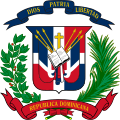




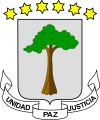




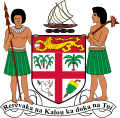

![Emblem of France (unofficial)[b]](https://upload.wikimedia.org/wikipedia/commons/thumb/b/b7/Armoiries_r%C3%A9publique_fran%C3%A7aise.svg/105px-Armoiries_r%C3%A9publique_fran%C3%A7aise.svg.png)






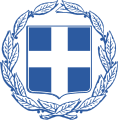
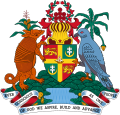




























![Coat of arms of Lebanon (unofficial)[c]](https://upload.wikimedia.org/wikipedia/commons/thumb/9/98/Coat_of_arms_of_Lebanon.svg/99px-Coat_of_arms_of_Lebanon.svg.png)


![Emblem of Libya (unofficial)[d]](https://upload.wikimedia.org/wikipedia/commons/thumb/0/08/Seal_of_the_Government_of_National_Unity_%28Libya%29.svg/120px-Seal_of_the_Government_of_National_Unity_%28Libya%29.svg.png)












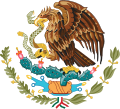























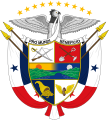












































![National emblem of Turkey (unofficial)[e]](https://upload.wikimedia.org/wikipedia/commons/thumb/a/a4/Emblem_of_Turkey.svg/120px-Emblem_of_Turkey.svg.png)
